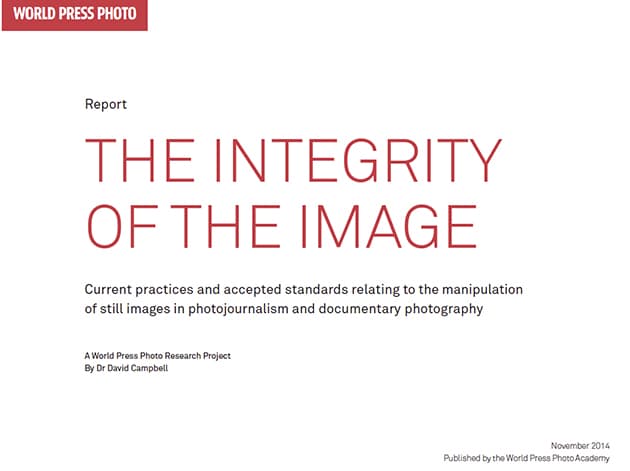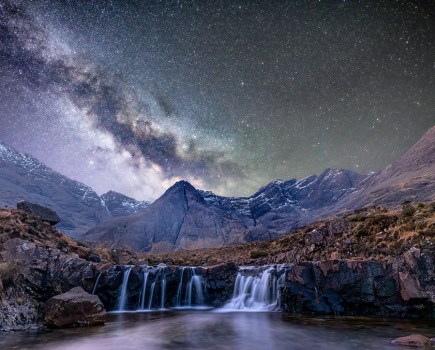Minor alterations to photographs, such as ‘limited cropping’, toning and colour adjustment, and conversion to greyscale, are considered acceptable.
The report concedes that what constitutes a ‘minor’ change is open to interpretation, however.
The report’s author, Dr David Campbell, said there was a clear consensus that ‘manipulation’ of an image, meaning the addition or subtraction of content, is not acceptable.
The Integrity of the Image report suggests that the process of image verification would be ‘enhanced and encouraged’ if creators and publishers were to adopt ‘new and transparent practices detailing how an image has been made’ – by creating a ‘digital audit trail and certified workflow’.
Campbell said he hopes the report will encourage industry debate on the issue, following concerns about the credibility of news and documentary photos that have erupted, periodically, over the past decade.
For example, in 2009, a photographer was forced to defend his digital manipulation of an image that led to his disqualification from the World Press Photo competition.
‘We are now in an era of computational photography, where most cameras capture data rather than images,’ states the report.
‘This means that there is no original image, and that all images require processing to exist.’
One possible way forward for image verification, said Campbell, would be for the image to be accompanied by a biographical statement about the image maker, their previous work and general perspective.
This would be in addition to records showing who funded the photographic commission and who provided the logistics, along with EXIF file and geotag data, and how information captured in the camera has been processed.
In this way, the onus would shift from ‘forensic detection after the fact, to validation and verification of the image production process as it happens’, the report asserts.
A copy of the World Press Photo report can be downloaded HERE







